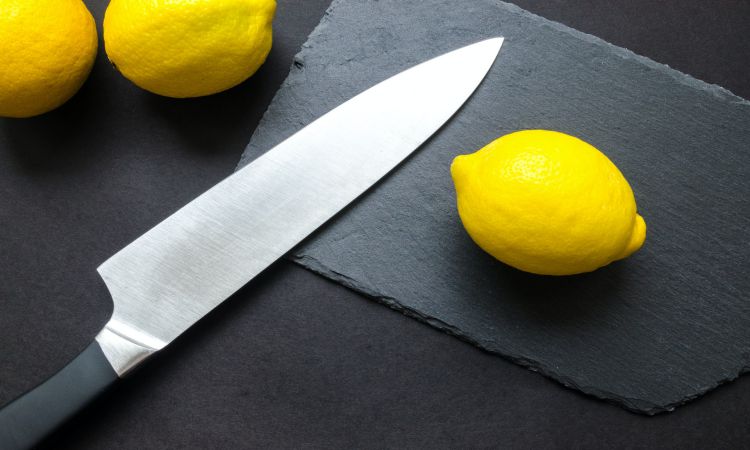 Did you know that more than 350,000 people in the United States get injured from kitchen knives each year?
Did you know that more than 350,000 people in the United States get injured from kitchen knives each year?
A kitchen knife wound can be serious and some people lose a lot of blood depending on where and how deep the cut is.
If you injured yourself and don’t know how to clean a knife wound, there are a few steps to take.
Keep reading to learn about how to treat knife wounds so that you don’t get an infection or make things worse!
1. Clean Your Cut
One of the first things to do when you get knife wounds is to clean the cut.
Keep the hydrogen peroxide and rubbing alcohol aside for now. All you need to clean your cut with is some soap and water. Make sure that you use a soap that is gentle and doesn’t have any dyes or perfumes.
Be careful when cleaning the cut. This step will help you see how severe the injury is.
2. Apply Pressure
After you get the cut cleaned, you will want to apply pressure to stop the bleeding and swelling.
You can wrap a clean cloth or medical bandage around the wound. Use tape or tie the bandage together so that you don’t have to worry about it unraveling. Apply pressure with your hand for several minutes.
If you start to bleed through your bandage while applying pressure, replace it with a new one.
3. Wrap It Up
Although the air can help keep infection away, you should wrap your cut up to keep it protected.
A sterile bandage is perfect for covering cuts because it won’t stick to your skin and is comfortable to wear. Many people recommend applying antibiotic cream to the wound, which will help ensure that it doesn’t get infected. Keep the bandaging dry and change it each day or as it gets dirty.
You can get supplies at firstaidsuppliesonline.com for your medical needs.
4. Seek Medical Attention
If your wound is still bleeding and you are worried that you need stitches, you should seek medical attention.
The emergency room or urgent care can treat your cut and apply stitches if needed. Depending on how severe the cut is, you might have to attend follow-up appointments or see your primary care doctor.
5. Make Adjustments
Although accidents happen, there is often a reason that someone cut themselves in the kitchen.
Whether you get distracted or have poor knife skills, you should try to make adjustments so that this doesn’t happen again. If your knives are dull, you should sharpen them, since dull knives can be more dangerous than sharp ones.
You can also practice your knife skills and get better cutting boards if it helps.
Don’t Let Knife Wounds Slice Your Day
When it comes to knife wounds, they can be small slivers or so severe that a person could lose their life from the loss of blood.
Since kitchen knives are so dangerous, you should practice using them safely and keep them sharp. A dull knife is a dangerous knife in the hands of a cook. Don’t skip any of these steps after getting cut, they will prevent infection and further bleeding.
Be sure to check out our blog for more articles about how to bandage a cut and take care of medical emergencies!




